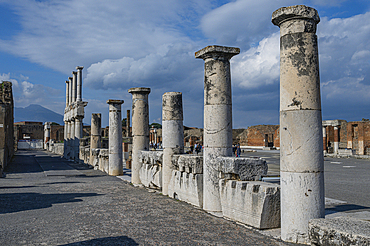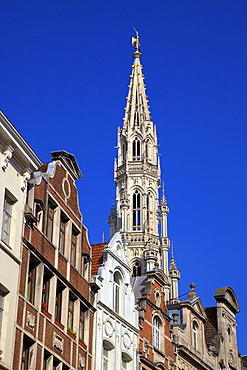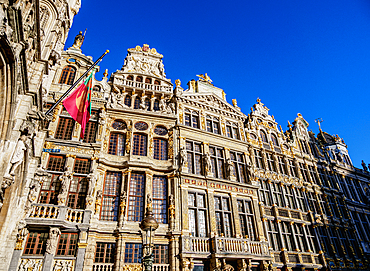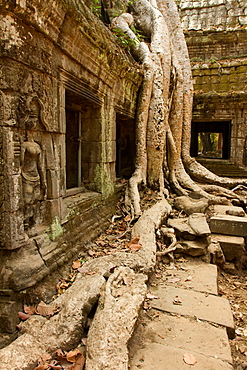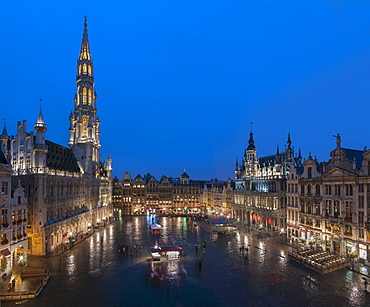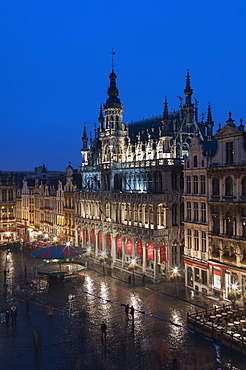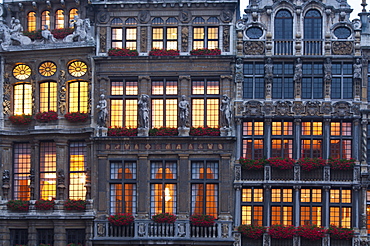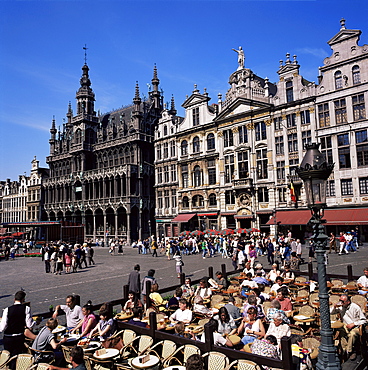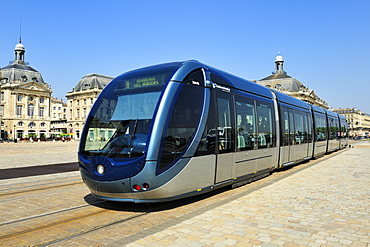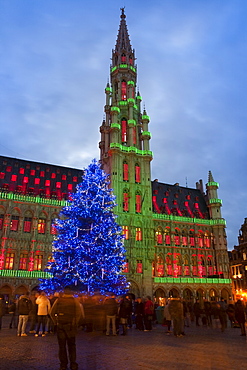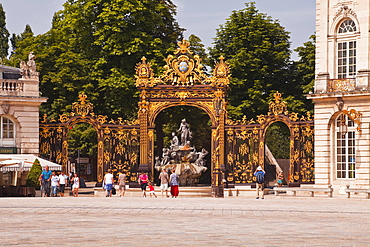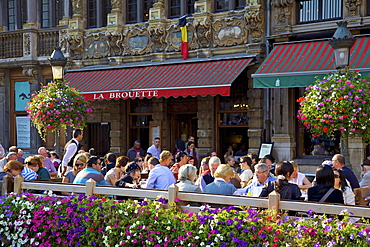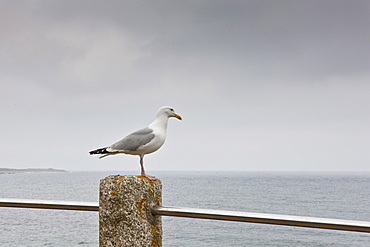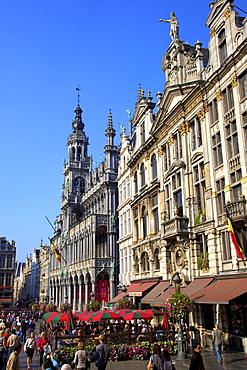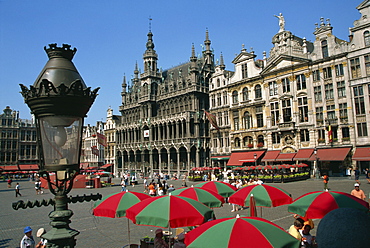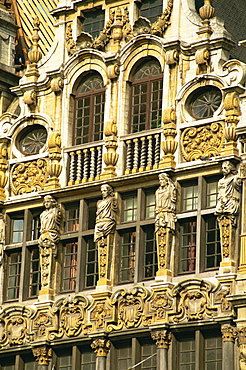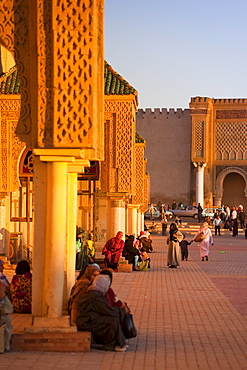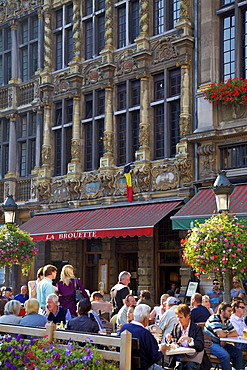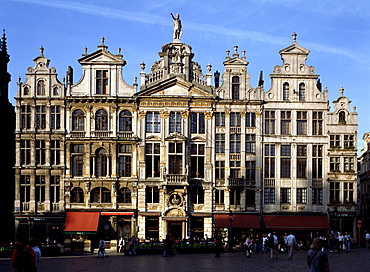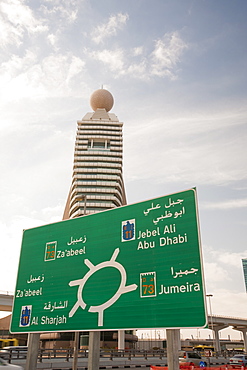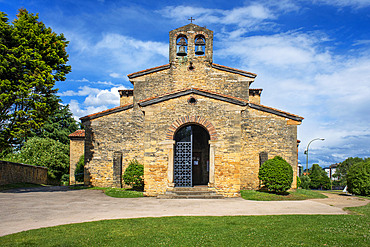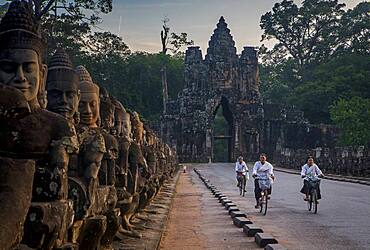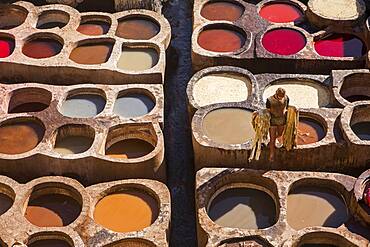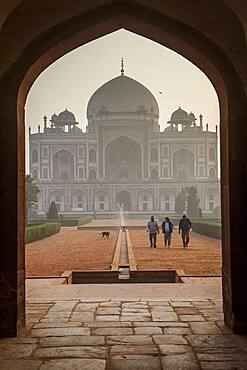Results
« Previous 1 2
170 results found
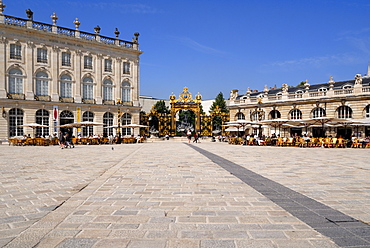
Gilded wrought iron gates by Jean Lamour, Place Stanislas, UNESCO World Heritage Site, Nancy, Lorraine, France, Europe
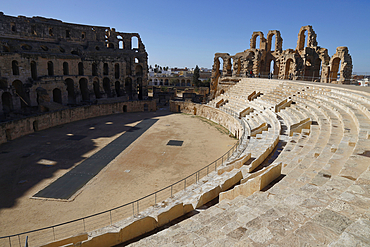
The Roman amphitheatre of El Jem, a UNESCO World Heritage site, is an oval amphitheatre in the modern-day city of El Jem, Tunisia (formerly Thysdrus in the Roman province of Africa)

Coastline and recovery place of the Chinchorro Mummies, UNESCO World Heritage Site, Camarones Valley, northern Atacama desert, Chile, South America
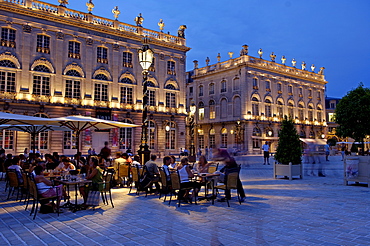
Place Stanislas, formerly Place Royale, dating from the 18th century, UNESCO World Heritage Site, Nancy, Meurthe et Moselle, Lorraine, France, Europe
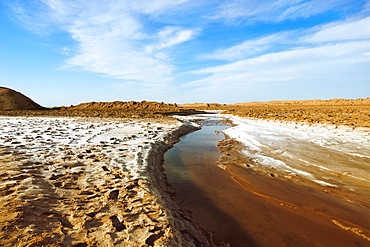
Stream flowing through the Dasht-e Lut (Lut Desert), World's hottest place, Kerman Province, Iran, Middle East

Dasht-e Lut (Lut Desert), rock formations called Kalut, World's hottest place, Kerman Province, Iran, Middle East
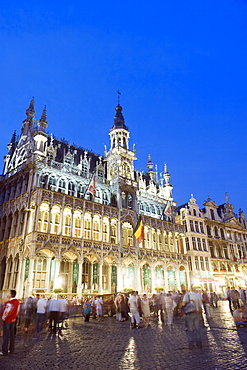
Hotel de Ville (Town Hall) in the Grand Place illuminated at night, UNESCO World Heritage Site, Brussels, Belgium, Europe

Dasht-e Lut (Lut desert), rock formations called Kalut, World's hottest place, Kerman Province, Iran, Middle East
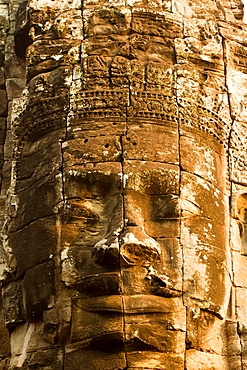
Buddha statue of Angkor Wat, UNESCO World Heritage Site, Siem Reap, Cambodia, Indochina, Southeast Asia, Asia
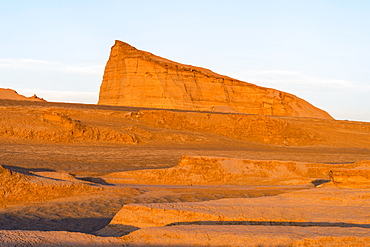
Dasht-e Lut (Lut Desert), Rock formations called Kalut, World's hottest place, Kerman Province, Iran, Middle East

Evening floodlit view of the Hotel de Ville, Place Stanislas, UNESCO World Heritage Site, Nancy, Lorraine, France, Europe
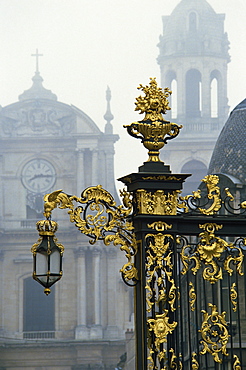
Restored gilded wrought iron work and lamp by Lamor in the Place Stanislas in Nancy, UNESCO World Heritage Site, Lorraine, France, Europe

Pavement cafe at night in the Place Stanislas in Nancy, UNESCO World Heritage Site, Meurthe et Moselle, Alsace Lorraine, France, Europe
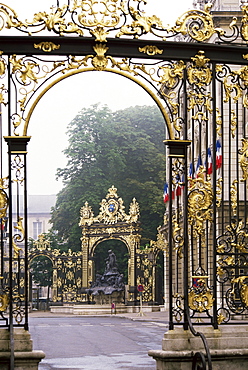
Wrought iron by Lamor, restored, Place Stanislaus, UNESCO World Heritage Site, Nancy, Lorraine, France, Europe
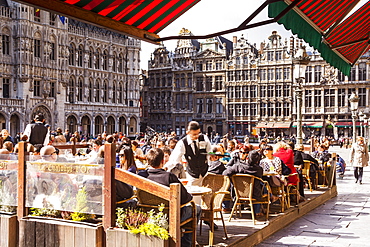
The Grand Place (Grote Markt) is the central square of Brussels, UNESCO World Heritage Site, Brussels, Belgium, Europe
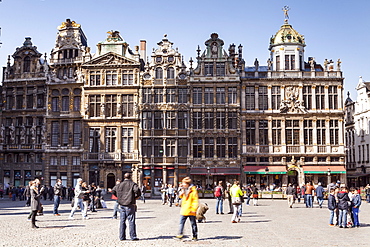
Guildhall facades in the Grand Place (Grote Markt), UNESCO World Heritage Site, Brussels, Belgium, Europe
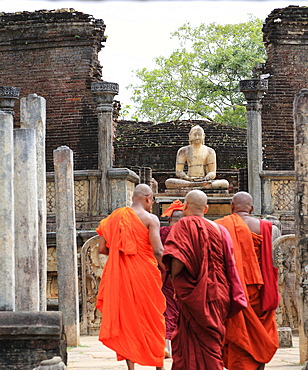
Buddhist monks in front of seated Buddha in Vatadage building, The Quadrangle, ancient city of Polonnaruwa, UNESCO World Heritage Site, Sri Lanka, Asia

Quaint traditional cottage with thatched roof, gothic style arched door , hanging baskets and paling fence, Cornwall, England, UK
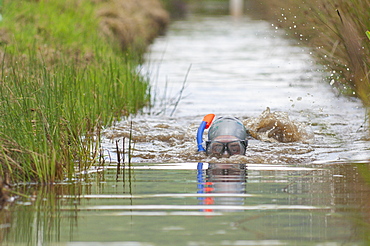
World Bogsnorkelling Championships, conceived in 1985 by Gordon Green, take place at Waen Rhydd Bog in the Cambrian Mountains, Powys, Wales, United Kingdom, Europe

World Bogsnorkelling Championships, conceived in 1985 by Gordon Green, take place at Waen Rhydd Bog in the Cambrian Mountains, Powys, Wales, United Kingdom, Europe

World Bogsnorkelling Championships, conceived in 1985 by Gordon Green, take place at Waen Rhydd Bog in the Cambrian Mountains, Powys, Wales, United Kingdom, Europe
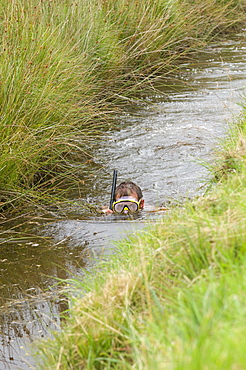
World Bogsnorkelling Championships, conceived in 1985 by Gordon Green, take place at Waen Rhydd Bog in the Cambrian Mountains, Powys, Wales, United Kingdom, Europe
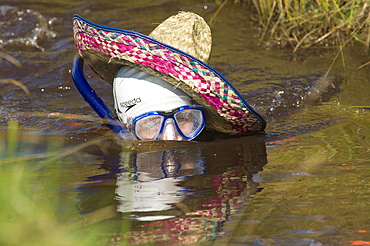
World Bogsnorkelling Championships, conceived in 1985 by Gordon Green, take place at Waen Rhydd Bog in the Cambrian Mountains, Powys, Wales, United Kingdom, Europe
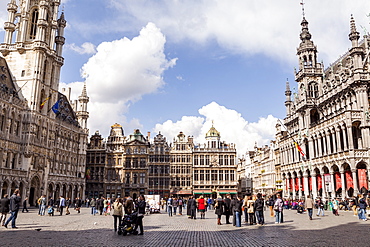
The Grand Place (Grote Markt), the central square of Brussels, UNESCO World Heritage Site, Brussels, Belgium, Europe

Le Grand Theatre, Place de la Comedie, Bordeaux, UNESCO World Heritage Site, Gironde, Aquitaine, France, Europe
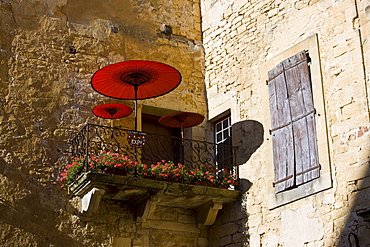
Sun parasols on balcony veranda at gallery in popular picturesque tourist destination of Sarlat in the Dordogne, France

World Bogsnorkelling Championships, conceived in 1985 by Gordon Green, take place at Waen Rhydd Bog in the Cambrian Mountains, Powys, Wales, United Kingdom, Europe
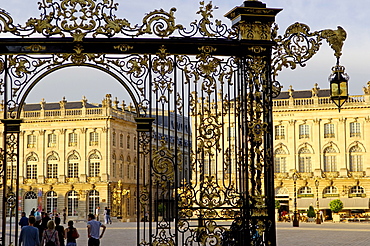
Place Stanislas, formerly Place Royale, built by Stanislas Leszczynski, King of Poland in the 18th century, UNESCO World Heritage Site, Nancy, Meurthe et Moselle, Lorraine, France, Europe

Guildhall facades in the Grand Place (Grote Markt), UNESCO World Heritage Site, Brussels, Belgium, Europe
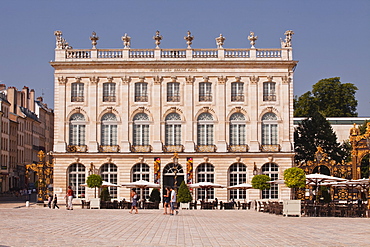
The museum in Place Stanislas in the heart of Nancy, UNESCO World Heritage Site, Meurthe-et-Moselle, France, Europe

Hotel de Ville (Town Hall) in the Grand Place illuminated at night, UNESCO World Heritage Site, Brussels, Belgium, Europe

Quaint old rusty signpost to tourist attractions Coverack, Helston, St Keverne and St Martin in Cornwall, England, UK
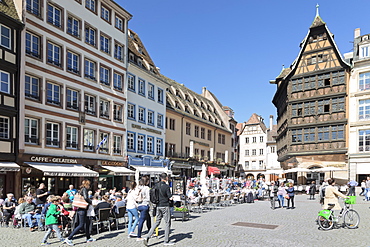
Maison Kammerzell, Place de la Cathedrale, UNESCO World Heritage Site, Strasbourg, Alsace, France, Europe

The colourful Old Town Market Place Square in the old town, UNESCO World Heritage Site, Warsaw, Poland, Europe
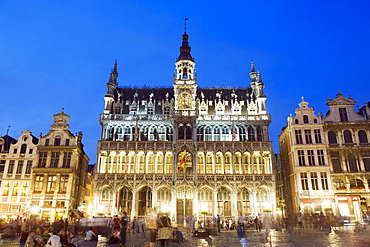
Hotel de Ville (Town Hall) in the Grand Place illuminated at night, UNESCO World Heritage Site, Brussels, Belgium, Europe

Place Stanislas, formerly Place Royale, built by Stanislas Leszczynski, King of Poland in the 18th century, UNESCO World Heritage Site, Nancy, Meurthe et Moselle, Lorraine, France, Europe

Hotel de Ville in Place Stanislas, UNESCO World Heritage Site, Nancy, Meurthe-et-Moselle, France, Europe
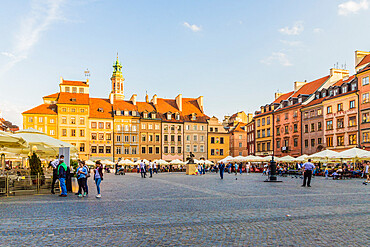
The colourful Old Town Market Place Square in the old town, UNESCO World Heritage Site, Warsaw, Poland, Europe
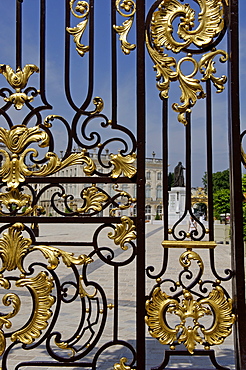
Detail of ironwork, Place Stanislas, formerly Place Royale, built by Stanislas Leszczynski, King of Poland in the 18th century, UNESCO World Heritage Site, Nancy, Meurthe et Moselle, Lorraine, France, Europe
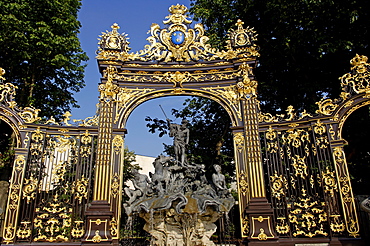
Neptune's fountain by Barthelemy Guibal, Place Stanislas, formerly Place Royale, UNESCO World Heritage Site, Nancy, Meurthe et Moselle, Lorraine, France, Europe

Place Stanislas, formerly Place Royale, built by Stanislas Leszczynski, King of Poland in the 18th century, UNESCO World Heritage Site, Nancy, Meurthe et Moselle, Lorraine, France, Europe
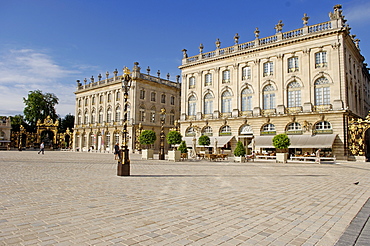
Place Stanislas, formerly Place Royale, built by Stanislas Leszczynski, King of Poland in the 18th century, UNESCO World Heritage Site, Nancy, Meurthe et Moselle, Lorraine, France, Europe
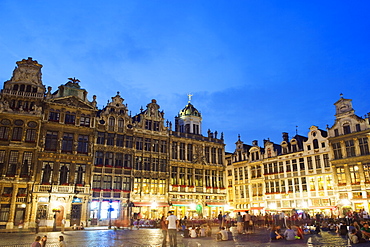
Guildhalls in the Grand Place illuminated at night, UNESCO World Heritage Site, Brussels, Belgium, Europe
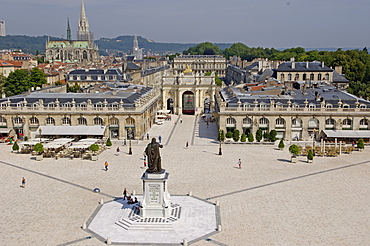
Place Stanislas, formerly Place Royale, built by Stanislas Leszczynski, King of Poland in the 18th century, UNESCO World Heritage Site, Nancy, Meurthe et Moselle, Lorraine, France, Europe
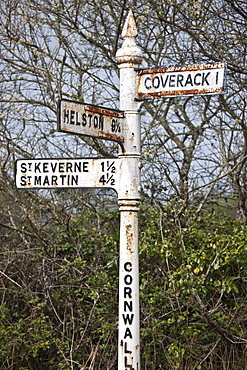
Quaint old rusty signpost to tourist attractions Coverack, Helston, St Keverne and St Martin in Cornwall, England, UK

Place Stanislas, formerly Place Royale, built by Stanislas Leszczynski, King of Poland in the 18th century, UNESCO World Heritage Site, Nancy, Meurthe et Moselle, Lorraine, France, Europe
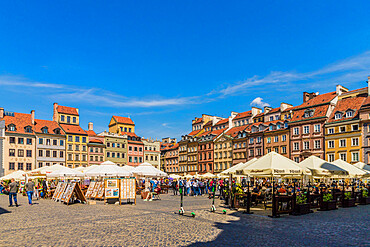
The colourful Old Town Market Place Square in the old town, UNESCO World Heritage Site, Warsaw, Poland, Europe
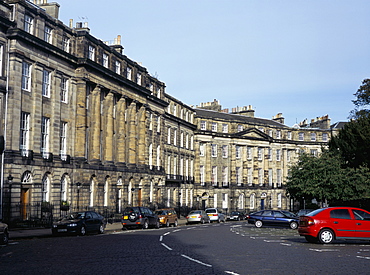
Crescent of Georgian buildings, Moray Place, typical classical architecture of the Georgian New Town area, UNESCO World Heritage Site, Edinburgh, Lothian, Scotland, United Kingdom, Europe

The colourful Old Town Market Place Square in the old town, UNESCO World Heritage Site, Warsaw, Poland, Europe
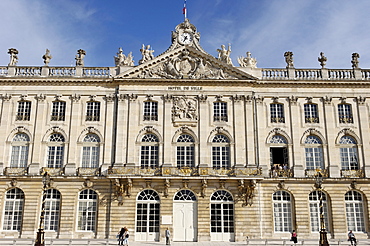
Place Stanislas, formerly Place Royale, built by Stanislas Leszczynski, King of Poland in the 18th century, UNESCO World Heritage Site, Nancy, Meurthe et Moselle, Lorraine, France, Europe
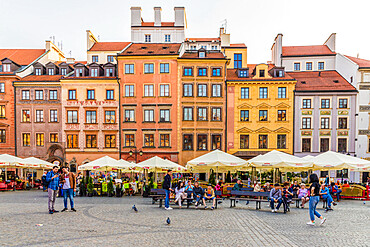
The colourful Old Town Market Place Square in the old town, UNESCO World Heritage Site, Warsaw, Poland, Europe
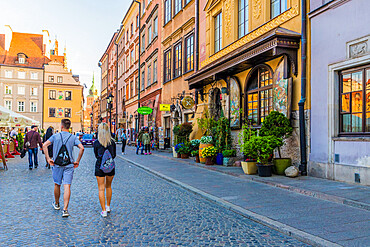
A restaurant in the colourful Old Town Market Place Square in the old town, UNESCO World Heritage Site, Warsaw, Poland, Europe
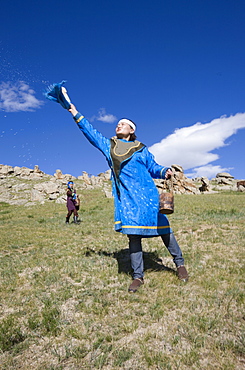
Horse milk is sprinkled into the four directions, as offerings to the nature spirits of the area, the sadak, or ?owners Of the earth.? Sometimes vodka is used instead, or as well. Milk is sacred to the mongol shamans, who believe that life on earth is descended from beings who originally came here on winged horses. Here two young female shamans make the offering in a ritual manner. Countryside mongols make this offering every morning on waking up; they usually also offer smoke, that the wind carries around the world as a prayer for harmony and prosperity. 13th century national park, tov province, mongolia. 13th century national park comprises chinggis khan's giant statue museum and live museum "town from 13 century". The ancient nomadic mini kingdom is located in the distance of 130 km east of ulaanbaatar in area of erdene zuu of tov province. It takes 2 hours driving on paved road. In the live 13th century kingdom one will see and experience the authentic lifestyle of mongols, who were lived in powerful mongol empire?s Period. This place gives you a same feeling that famous traveler marco polo and william rubruck felt once upon time
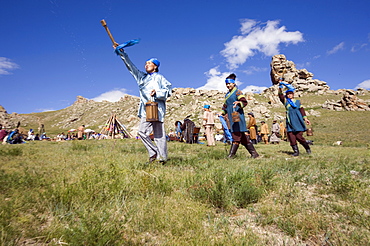
Horse milk is sprinkled into the four directions, as offerings to the nature spirits of the area, the sadak, or ?owners Of the earth.? Sometimes vodka is used instead, or as well. Milk is sacred to the mongol shamans, who believe that life on earth is descended from beings who originally came here on winged horses. Here two young female shamans make the offering in a ritual manner. Countryside mongols make this offering every morning on waking up; they usually also offer smoke, that the wind carries around the world as a prayer for harmony and prosperity. 13th century national park, tov province, mongolia. 13th century national park comprises chinggis khan's giant statue museum and live museum "town from 13 century". The ancient nomadic mini kingdom is located in the distance of 130 km east of ulaanbaatar in area of erdene zuu of tov province. It takes 2 hours driving on paved road. In the live 13th century kingdom one will see and experience the authentic lifestyle of mongols, who were lived in powerful mongol empire?s Period. This place gives you a same feeling that famous traveler marco polo and william rubruck felt once upon time
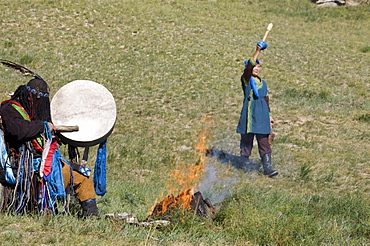
Horse milk is sprinkled into the four directions, as offerings to the nature spirits of the area, the sadak, or ?owners Of the earth.? Sometimes vodka is used instead, or as well. Milk is sacred to the mongol shamans, who believe that life on earth is descended from beings who originally came here on winged horses. Here two young female shamans make the offering in a ritual manner. Countryside mongols make this offering every morning on waking up; they usually also offer smoke, that the wind carries around the world as a prayer for harmony and prosperity. 13th century national park, tov province, mongolia. 13th century national park comprises chinggis khan's giant statue museum and live museum "town from 13 century". The ancient nomadic mini kingdom is located in the distance of 130 km east of ulaanbaatar in area of erdene zuu of tov province. It takes 2 hours driving on paved road. In the live 13th century kingdom one will see and experience the authentic lifestyle of mongols, who were lived in powerful mongol empire?s Period. This place gives you a same feeling that famous traveler marco polo and william rubruck felt once upon time
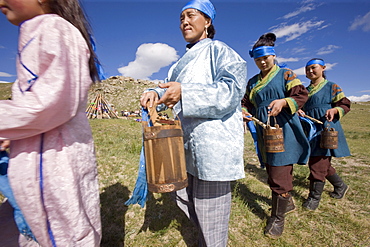
Horse milk is sprinkled into the four directions, as offerings to the nature spirits of the area, the sadak, or ?owners Of the earth.? Sometimes vodka is used instead, or as well. Milk is sacred to the mongol shamans, who believe that life on earth is descended from beings who originally came here on winged horses. Here two young female shamans make the offering in a ritual manner. Countryside mongols make this offering every morning on waking up; they usually also offer smoke, that the wind carries around the world as a prayer for harmony and prosperity. 13th century national park, tov province, mongolia. 13th century national park comprises chinggis khan's giant statue museum and live museum "town from 13 century". The ancient nomadic mini kingdom is located in the distance of 130 km east of ulaanbaatar in area of erdene zuu of tov province. It takes 2 hours driving on paved road. In the live 13th century kingdom one will see and experience the authentic lifestyle of mongols, who were lived in powerful mongol empire?s Period. This place gives you a same feeling that famous traveler marco polo and william rubruck felt once upon time
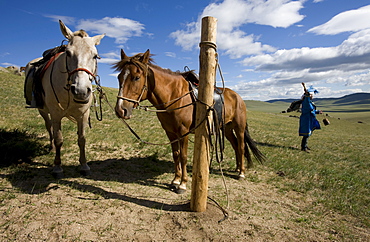
Horse milk is sprinkled into the four directions, as offerings to the nature spirits of the area, the sadak, or ?owners Of the earth.? Sometimes vodka is used instead, or as well. Milk is sacred to the mongol shamans, who believe that life on earth is descended from beings who originally came here on winged horses. Here two young female shamans make the offering in a ritual manner. Countryside mongols make this offering every morning on waking up; they usually also offer smoke, that the wind carries around the world as a prayer for harmony and prosperity. 13th century national park, tov province, mongolia. 13th century national park comprises chinggis khan's giant statue museum and live museum "town from 13 century". The ancient nomadic mini kingdom is located in the distance of 130 km east of ulaanbaatar in area of erdene zuu of tov province. It takes 2 hours driving on paved road. In the live 13th century kingdom one will see and experience the authentic lifestyle of mongols, who were lived in powerful mongol empire?s Period. This place gives you a same feeling that famous traveler marco polo and william rubruck felt once upon time

A tear in the ground showing where the next landslip will take place on the South West Coast Path near Charmouth, Jurassic Coast, UNESCO World Heritage Site, Dorset, England, United Kingdom, Europe
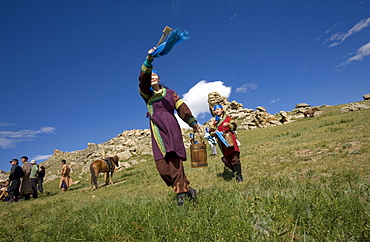
Horse milk is sprinkled into the four directions, as offerings to the nature spirits of the area, the sadak, or ?owners Of the earth.? Sometimes vodka is used instead, or as well. Milk is sacred to the mongol shamans, who believe that life on earth is descended from beings who originally came here on winged horses. Here two young female shamans make the offering in a ritual manner. Countryside mongols make this offering every morning on waking up; they usually also offer smoke, that the wind carries around the world as a prayer for harmony and prosperity. 13th century national park, tov province, mongolia. 13th century national park comprises chinggis khan's giant statue museum and live museum "town from 13 century". The ancient nomadic mini kingdom is located in the distance of 130 km east of ulaanbaatar in area of erdene zuu of tov province. It takes 2 hours driving on paved road. In the live 13th century kingdom one will see and experience the authentic lifestyle of mongols, who were lived in powerful mongol empire?s Period. This place gives you a same feeling that famous traveler marco polo and william rubruck felt once upon time

A tear in the ground showing where the next landslip will take place on the South West Coast Path near Charmouth, Jurassic Coast, UNESCO World Heritage Site, Dorset, England, United Kingdom, Europe
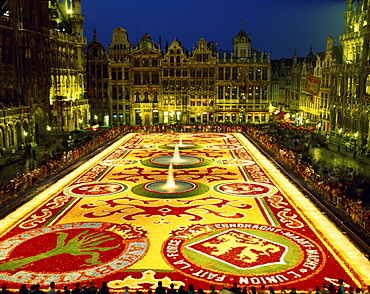
Floral Carpet (Tapis des Fleurs) at night, Grand Place, UNESCO World Heritage Site, Brussels, Belgium, Europe
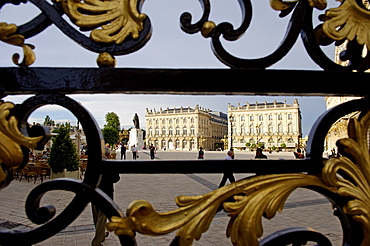
Place Stanislas, formerly Place Royale, UNESCO World Heritage Site, Nancy, Meurthe et Moselle, Lorraine, France, Europe

Allegory on the top of the Here Arch, Place Stanislas, formerly Place Royale, UNESCO World Heritage Site, Nancy, Meurthe et Moselle, Lorraine, France, Europe
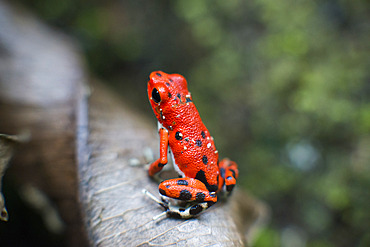
Strawberry Poison Frog (Dendrobates pumilio), adult, Bastimentos National Park, Bocas del Toro, Panama. The strawberry poison frog or strawberry poison-dart frog (Oophaga pumilio or Dendrobates pumilio) is a species of small amphibian poison dart frog found in Central America. It is common throughout its range, which extends from eastern central Nicaragua through Costa Rica and northwestern Panama. The species is often found in humid lowlands and premontane forest, but large populations are also found in disturbed areas such as plantations. The strawberry poison frog is perhaps most famous for its widespread variation in coloration, comprising approximately 15���30 color morphs, most of which are presumed to be true-breeding. O. pumilio, while not the most poisonous of the dendrobatids, is the most toxic member of its genus. The species is most diverse in Panama with varieties in vivid shades of all red, orange, blue, yellow or green, green and yellow, white with red, orange or black and spotted varieties. The most colorful mix is found in Isla Bastimentos Marine National Park though not all in one place. Colors vary by location. A beach on the north side of the island is named after the species. Two of Southern Explorations' Panama tours visit red frog habitat. Both the eight-day Panama Adventure trip and eleven-day Panama Highlights trip spend time in Isla Bastimentos Marine National Park and the former also goes to Red Frog Beach.
The red frog is not as poisonous as some of its cousins and is not a threat to humans. It subsists on a diet of ants that dine on poisonous plants, providing the red frog its protective skin toxin. Males attract females with a loud quick chirp. To hear the distinctive sound before you depart on your Panama tours, go to the University of Michigan Museum's biodiversity website (www.animaldiversity.ummz.umich.edu.) After birth, the tadpoles climb aboard the mother who deposits them in different protected areas where she retu
